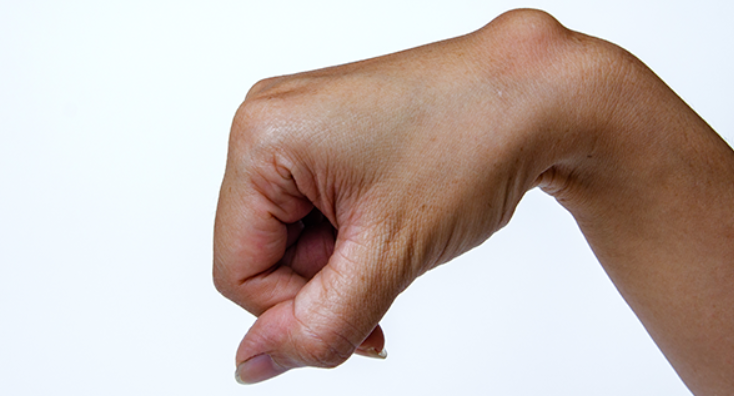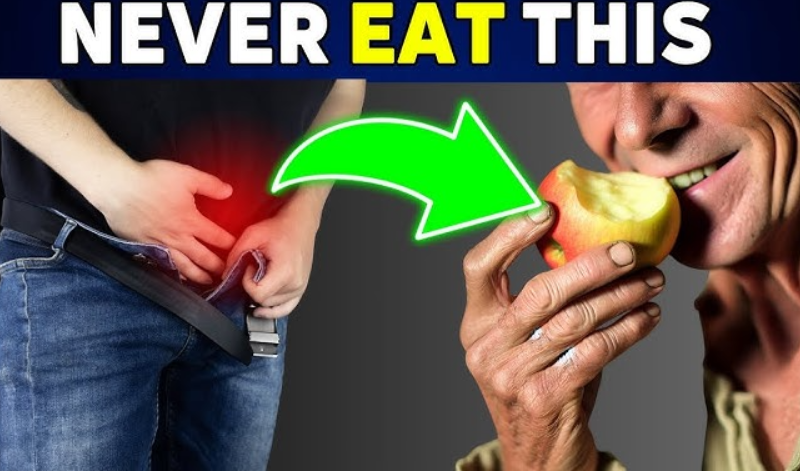Seeing a bulge on the hand or wrist can be concerning. So you start to worry what’s causing it and whether you should see a doctor.
Most lumps on the wrist or hand are not serious. In rare cases, it may indicate a condition requiring immediate medical attention.
Continue reading to learn more about the causes and what to do if you have any of these bumps on your wrists or hands!
5 Types of Wrist or Hand Lumps & What to Do with Each One
1. Ganglion cyst
This cyst, which can be oval or circular, is typically filled with fluid. It grows around tendons and joints. It typically appears on the back of the wrist. This cyst isn’t dangerous. Its size might change and even increase if the person performs repetitive wrist motions.
These cysts are not malignant and are painless. Usually, they fade away without therapy, but this can take years. Other symptoms of this cyst include numbness, discomfort, tingling sensations, muscle weakness, and difficulties moving your wrist.
The causes of this cyst are unknown. To diagnose it, a doctor applies pressure to it to determine the extent of discomfort and tenderness. X-rays and MRI scans may be required to rule out other illnesses, such as arthritis or tumours.
What To Do:
If the cyst is not causing pain, it may not require treatment.
However, if the condition is uncomfortable or obstructs normal joint movement, your doctor may consider aspiration, immobilisation, or surgery if other therapies fail.
2. Epidermoid cyst
This is a tiny cyst filled with keratin that forms beneath the skin.
Despite being harmless, it has the potential to burst, causing pain and inflammation. Some of the most common symptoms include swelling, flushed skin, a benign spherical lump, and pain.
The primary cause of these cysts is a buildup of keratin, a protein produced naturally in our skin cells. When protein becomes trapped under the skin, a cyst may form. Skin damage may also raise the likelihood of developing a keratin cyst. Doctors diagnose it through examination.
What To Do:
If the cyst is uncomplicated, it usually does not need treatment.
Some cysts may clear up on their own. However, if it ruptures and causes discomfort, treatment options include antibiotics, steroid injections, and fluid evacuation from the cyst.
3. Carpal boss
This cyst forms when the carpal bones of the wrist overgrow. The lump is hard and commonly located on the back of the wrist.
The specific aetiology is unknown, however research suggests that the syndrome could be caused by direct damage or repetitive wrist movements, such as those required in racket sports.
Some people may feel discomfort or tenderness when they move their wrists. Diagnosis typically requires a physical examination and range of motion assessment.
In the event of severe discomfort, the doctor may also inspect the area for tenderness or order X-rays or MRIs to examine the wrist’s bones and tendons.
What To Do:
If there are no symptoms, this cyst does not need to be treated.
However, if there is pain or tenderness, doctors may recommend cooling the area, immobilisation with a splint, over-the-counter medications, or corticosteroid injections.
Surgery may be required if the conservative therapy fails after six weeks.
4. Giant cell tumor of the tendon sheath
GCTTSs are benign nodular tumours that grow on the tendon sheath of the hands.
According to 2013 research, this is one of the most prevalent benign tumours on the hand, second only to ganglion cysts.
The National Organisation for Rare Disorders describes this cyst as slow-growing, non-cancerous, and usually painless. X-rays, ultrasound scans, and magnetic resonance imaging are used to make the diagnosis.
What To Do:
Doctors typically recommend a marginal excision to eradicate tumours. In some circumstances, the tumour may be completely removed due to its tight relationship with the joint synovium or tendon sheath.
5. Rheumatoid arthritis lumps
This autoimmune illness causes the immune system to target the joints, resulting in joint damage or pains. Around 25% of persons with this illness develop rheumatoid nodules.
These spherical lumps are tender to the touch and can appear on the wrists or hands. They also move when pressed. Other symptoms include oedema, aching joints, stiffness, and inflammation.
The doctor conducts a series of physical examinations and lab testing to make the diagnosis. They may also request X-rays, MRIs, or ultrasounds.
What To Do:
Doctors may prescribe DMARDs to treat rheumatoid arthritis by slowing the disease and preventing joint deformations.
You may also be administered biologicals. Other treatment options include over-the-counter medications, icing the affected area, dietary adjustments, and frequent exercise.
After reading this text you can also read about: Use This Potent Turmeric And Oil DIY Paste To Get Rid Of Ingrown Toenails And Warts



